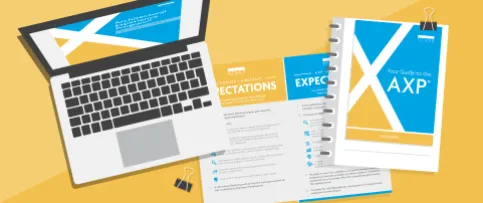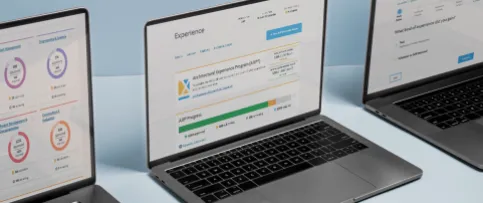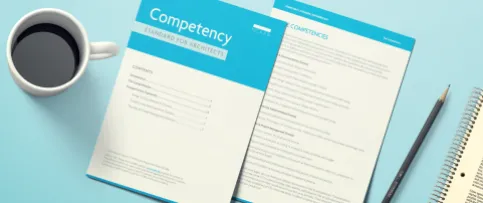If you have ever looked for a way to make a real difference while gaining architectural experience, look no further. The American Institute of Architecture Students’ (AIAS) Freedom by Design™ (FBD) program gives architecture students an opportunity to gain real-world experience and boost their resume—all while giving back to their communities.
Build Community
The motive of FBD has always been to give back to the community through modest design and construction solutions. For example, students at Roger Williams University built a Garden of Hope dedicated to breast cancer awareness in their area, and the AIAS chapter at the University of Minnesota made improvements to a former firefighter’s home, making the space more comfortable to maneuver. Projects like these have provided relief and given hope to communities across the country, as students seek to deliver design-build solutions to combat physical, educational, environmental, socio-economic, and cultural barriers.
To learn more, we caught up with Adam Fogel, a former project manager for the University of Texas at Arlington’s AIAS chapter, about his experience with FBD. He told us that the best part of getting involved is “being able to go out and help the community.”
Last year, the chapter began planning a pavilion project for Edward H. Cary Middle School. To prepare, the group interviewed a couple of students, teachers, and the principal to learn more about the project’s goals. “It’s so cool to be able to see that what we’re trying to accomplish is something that the community wants,” said Fogel. “People don’t really see the impact of design until you sit down with them and describe it. Being able to do that for someone who really needs it—that’s the best thing about Freedom by Design.”
Earn AXP Credit
In addition to serving local communities, FBD projects provide chapter members with hands-on experience in design, construction, project management, budgeting, teamwork, and leadership. These projects also allow students to earn credit toward the Architectural Experience Program™ (AXP™), which is a big step toward licensure.
Fogel says his AIAS chapter works on two project every semester, enabling him to earn AXP credit under setting O. Because of this, he encourages other students to attend as many Freedom by Design events as possible. “I know that’s not always a viable option because you’re in the studio or have classes with heavy workloads, but it’s definitely a great way to get involved.”
Find out if your AIAS chapter is on the approved list of community-based design centers.
Boost Your Resume
Last but not least, FBD gives students a real-world taste of the industry. You’ll interact with clients and work with architects and contractors. These interactions can help grow your network and provide a glimpse into the practical implications of architecture and design. Being involved in projects can also provide you with concrete skills and experiences to list on your resume—leaving you better prepared to enter the field.
On this point Fogel says, “I would definitely encourage everybody to join! Even if you don’t earn AXP [credit], you still gain hands-on building experience or extra design advice that you might not get in the studio.”
To get involved, reach out to your local AIAS chapter to learn how you can join their FBD program or start your own. To find out more visit www.aias.org.
NCARB’s Support
For the second year in a row, NCARB will support the AIAS and its FBD program by providing local chapters with grants for building materials, as well as mentorship opportunities with members of state licensing boards and local architecture firms. “NCARB is honored to support a program that prepares the next generation of architects for real-world practice while giving back to the community,” said NCARB CEO Michael Armstrong. “Through Freedom by Design, students can see firsthand how their future profession can improve the public’s welfare.”



